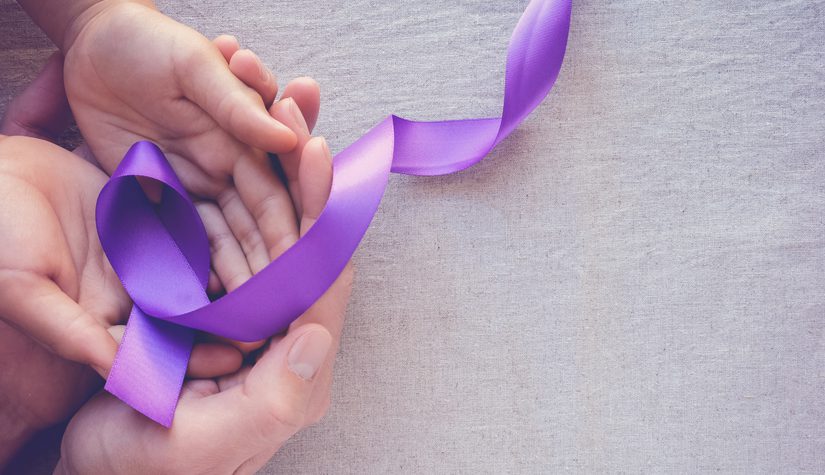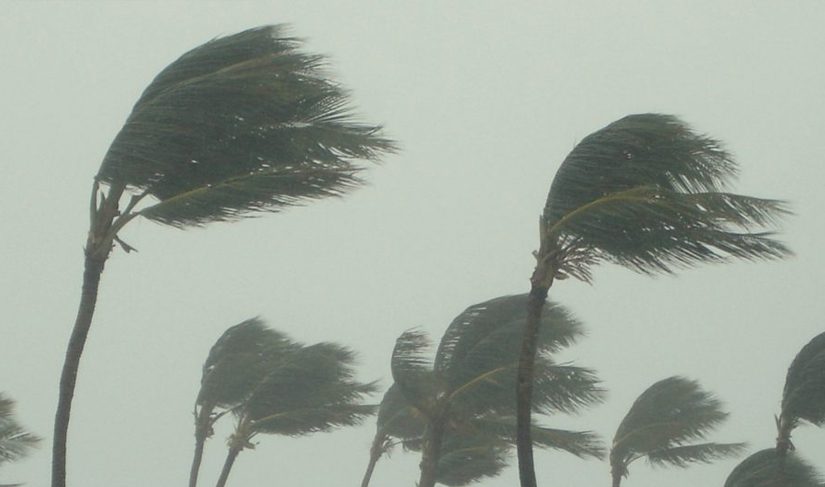Category: preparedness
Stay Informed of Your Family Health History

Thanksgiving Day is National Family Health History Day Family health history is a record of the diseases and health conditions in your family. Most people have family history of at least one chronic disease that makes them more likely to get that disease.(1) Staying informed of your family’s health history can help you and your Read More >
Posted on by 3 CommentsEpilepsy and Emergency Preparedness

November is National Epilepsy Awareness Month Epilepsy is common. In 2015, about 3.4 million people reported having active epilepsy in the United States. Epilepsy is a broad term used for a brain disorder that causes repeated seizures. There are many different types of epilepsy. A seizure is a short change in normal brain activity.(1) There Read More >
Posted on by 5 CommentsStay Informed: How Scales Help Us Describe Disasters

Last year’s Atlantic hurricane season was record-breaking. There were 30 named storms during the 2020 season. Thirteen of those became hurricanes (top winds of 74 mph or greater). Six of those reached Category 3 or higher.(1) Hurricanes are categorized using the Saffir-Simpson Hurricane Wind Scale. Other scales are used by experts to explain and describe Read More >
Posted on by 1 CommentIn Case You Missed It: Top Posts of 2020

Most of us were ready to say goodbye and even good riddance to 2020. It is a year that no one will soon forget for obvious reasons, like the COVID-19 pandemic and a record-breaking Atlantic hurricane season, and lesser-known ones—did you know that California and Colorado experienced the largest wildfires in their states’ histories? But Read More >
Posted on by 1 CommentProbabilities, Not Promises: How Computer Models are Used in Emergency Preparedness & Response

Computer models are not crystal balls. They are the result of a set of variables going through mathematical algorithms. What comes out is a simulation of what might happen if present truths are accurate predictors of future trends. Models show probabilities; they don’t make promises. Models have many applications. Epidemiologists use them to predict disease Read More >
Posted on by 2 CommentsThe Right Stuff: Know Your Personal Needs Before an Emergency

September is National Preparedness Month. Throughout the month, the Center for Preparedness and Response will publish posts that highlight the work of public health departments as it relates to personal health preparedness themes. This week’s theme is Personal Needs. Personal needs are the things—the stuff—you will need to protect you and your family’s health in Read More >
Posted on by 8 Comments
